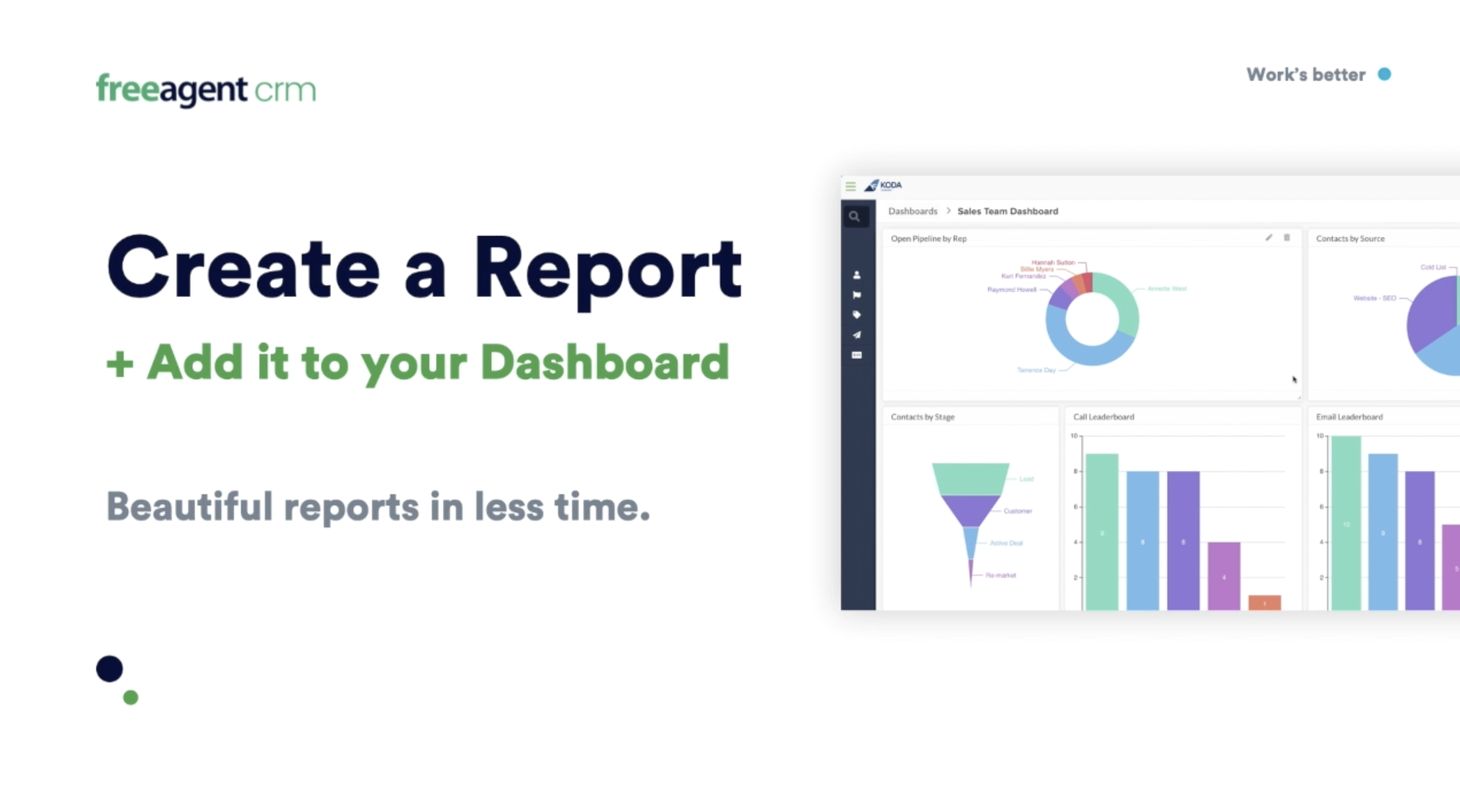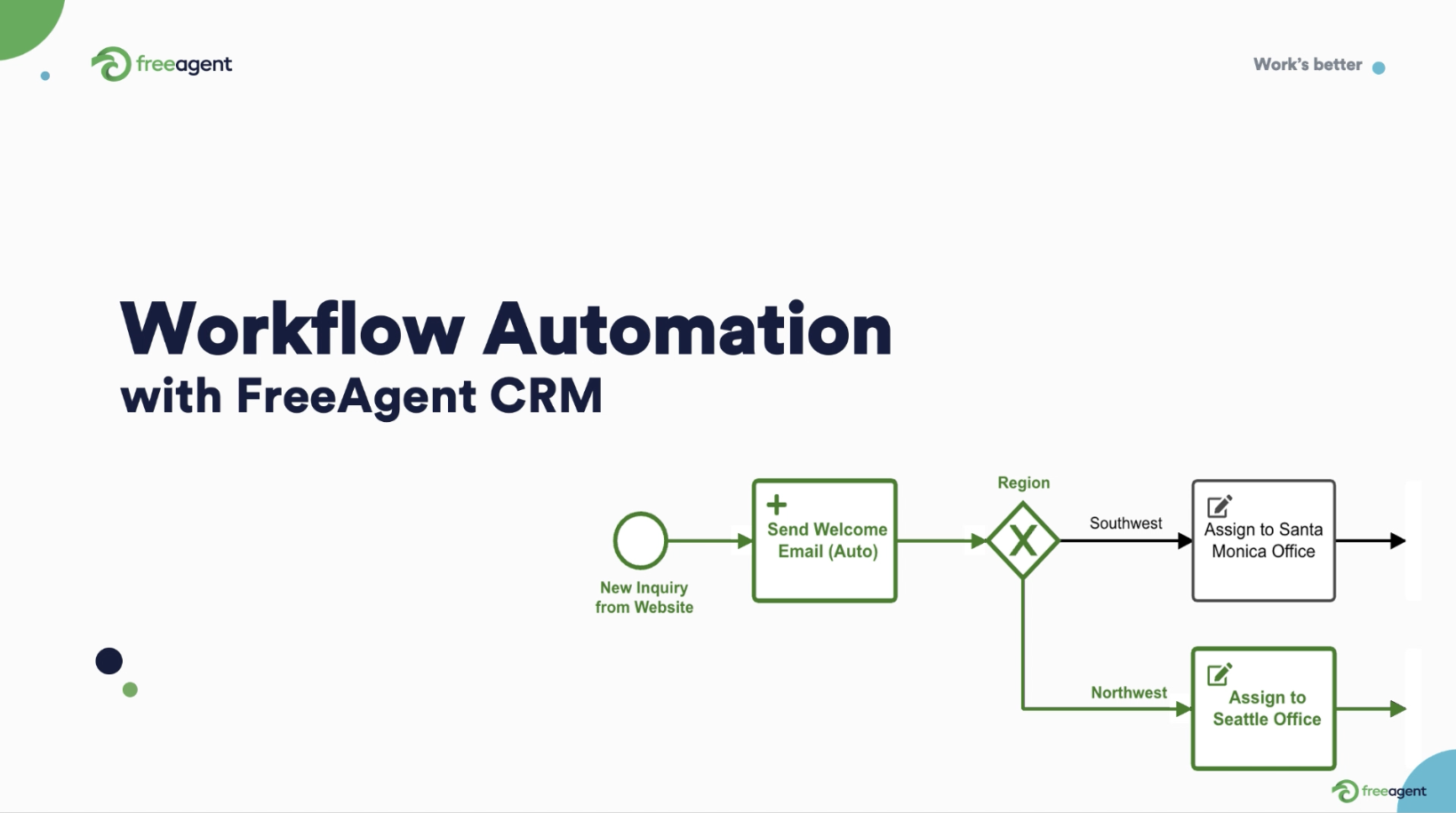If you’re considering whether to switch from spreadsheets to CRM, try this thought experiment:
Think about your top five customers. How much did you charge Customer #3, and what was the first email they sent you?
If you need to open two or more apps to find that information, you’re doing it wrong.
You’re not alone. Most business owners or managers would first need to:
- Open their client spreadsheet
- Sort clients by revenue
- Get client #3’s name
- Open Gmail
- Type Client #3’s name into the search bar
- Retrieve the first email they received from Client #3
That’s six steps and at least 5-10 minutes of clicking around spreadsheets and emails to find a simple piece of information. If you used a CRM, this process would take you under a minute.
So if CRMs are faster, why do businesses continue to run on spreadsheets? It boils down to three main reasons.
Why spreadsheets are still used to manage business processes


Spreadsheets remain popular among businesses because:
- They’re free
- They’re familiar
- They’re flexible
When you’re trying to cut costs as a small business, it’s hard to beat free. Google Sheets is free, and it can calculate stuff and track metrics.
Microsoft Excel comes with most Microsoft Office packages, and business owners are familiar with it. They’ve been using it since high school or college and have never questioned its place in their workflow.
What’s more, it’s easy to create a new spreadsheet for each function or business process you want to manage. Business owners enjoy that flexibility.
- Track employees? Spreadsheet.
- Content calendar? Spreadsheet.
- Manage products? Spreadsheet.
- Manage customers? Spreadsheet.
Before you know it, you’ve got multiple spreadsheets all over the place that aren’t in sync. And once you give someone access to a spreadsheet, they can access every tab in it and change whatever data they want.
And if you only want to give them access to a specific sheet, you have to break away that sheet from the mastersheet — which fragments your data even more.
It’s a mess.
8 problems with running your business through spreadsheets


1. Spreadsheets are complicated to learn
Spreadsheets allow you to track data and manipulate the output of different rows and columns. But it’s almost impossible to extract simple information without running complicated formulas.
And unless you’re a financial whiz working in investment banking or accounting, you likely don’t have the time or the inclination to memorize complex formulas.
2. Spreadsheets fragment data
You list your customers in one sheet with their contact details, your sales information in a separate sheet, and your marketing campaigns in a separate doc. Your business expenses go into yet another sheet, and before you know it, you’re trying to manage multiple sheets at once.
3. Spreadsheets don’t allow for multiple views
People work differently. You might want to view project tasks as a to-do list you can easily check off. Your colleague might prefer to view them in a kanban board. Your manager might prefer to view them as cards. None of you can get what you want without messing up the view for someone else.
4. Spreadsheets can’t automate reports
As a business owner or line manager, reports help you understand what’s going on across the business.
Regular reports enable you to spot bottlenecks and areas of improvement. Spreadsheets don’t generate reports unless you do the work, which takes time.
5. Spreadsheets don’t offer deep collaboration or task scheduling
‘Collaboration’ on spreadsheets is limited to multiple people working on the same sheet simultaneously, making comments, and assigning stuff to each other in those disparate comments.
It’s impossible to see your tasks in one place, as well as who has completed what task.
6. Spreadsheets offer limited integration
Want to pull data from your email app to better understand the customer data in your spreadsheet? Sorry, you can’t.
Need to pull in product data into the sales sheet to understand your bestsellers at a glance? At best, you can add a link to the product… in another spreadsheet… which will require you to click away to view.
Want to pull in weather information or stock market indices into your Google Sheets database? Sure! But what if you work in an industry that doesn’t require either of those types of information? Sorry, no dice.
7. Spreadsheets offer a greater risk of input errors
Unless you’ve explicitly defined what data should look like in a specific column, a spreadsheet will allow you to enter all kinds of data — even if it’s in the wrong format.
For example, you might enter your dates as 01-FEB-2023, while your colleague writes 2/1 and your manager 2023-02-01.
When you all copy and paste data from other spreadsheets into the main one you all work in, it can be time-consuming to read the dates in different formats or standardize them all.
8. Spreadsheets don’t scale with you
The above problems only magnify as you bring on more people, products, projects, and prospects.
You’ll experience greater confusion, more data fragmentation, more input errors, and more duplication.
Rather than becoming more efficient, you’ll spend even more time wrangling data instead of using it.
So, what’s the alternative to static spreadsheets for business owners?
A CRM.
What’s a CRM and who should use one?
A customer relationship management tool (CRM for short) is software that helps you manage your business processes, customer relationships, projects, and products in one place.
A CRM solution is best for small businesses, startups, scale-ups, and large enterprise teams. If you’re a team of one, you may still use a CRM, but you might not get as much value out of it in the beginning.
Top CRM use cases for your business
The beauty of CRM software lies in the sheer number of things you can use it for.
We’ve seen CRMs used for all kinds of processes from hiring to sales funnel management; and for teams of all sizes — from two-person teams all the way to 2,000-person enterprises.
Here are ten use cases for CRMs that might be useful to your business:
- Manage hiring
- Track inventory
- Manage projects
- Track billable time
- Manage sales pipeline
- Manage procurement
- Power customer service
- Manage contact information
- Manage marketing automation and campaigns
- Generate purchase orders, quotes, invoices, and receipts
1. Manage hiring
With a CRM solution, you can handle hiring, onboarding, and training all in one place. Depending on the CRM you use, you can:
- Store employee contact details
- Track performance over time
- Set up assessments
- Pay wages
2. Track inventory
If you run a physical store or online shop, a CRM database can help you track stock levels, order new stock, and manage prices and margins.
You can add new products easily, record changes, and see your bestsellers and not-so-bestsellers at a glance.
3. Manage projects
Project managers need a central place to track all their projects, tasks, assignees, and due dates.
Using a CRM, you can assign tasks to different people, get a central view of what your marketing, implementation, or sales teams are working on, and remove bottlenecks from each process.
4. Track billable time
As a freelancer or agency, you trade time for money, and clients love detailed breakdowns of what they’re paying for. A CRM helps you track your work hours for more accurate billing — especially when integrated with a time-tracking tool.
5. Manage your sales pipeline
A CRM tool lets you manage your sales pipeline and view historical sales data for each customer, region, or product.
View your sales data by territory, deal, sales rep, or customer to better understand different aspects of your sales funnel.
6. Manage procurement
Procurement generates a lot of data and documents about vendors, their submissions, and your RFPs.
Tracking all this data in a spreadsheet runs into the same problems we’ve seen above.
A CRM centralizes all that information so you can see who submitted what proposal for which project, at what cost, and the status of the selection process.
7. Power customer service
Customer satisfaction comes from taking a proactive view of customer service and solving problems before they arise.
With every customer laid out in your CRM database, you can log issues, track steps you’re taking to solve them, reward loyal customers, and take advantage of each sales opportunity to upsell and cross-sell your products.
8. Manage contact information
A CRM can help you track every sales lead in one place. It allows you to store their contact details, locations, and any additional context you need to engage with a potential customer.
Tracking contacts is not just useful for sales organizations. A CRM solution can also power the operations of foundations and non-profits who need to track their donors or investors.
9. Manage marketing automation and campaigns
It’s easy to default to spreadsheets when you’re building a content calendar, putting together a marketing automation campaign, or trying to track analytics.
But managing multiple marketing projects across separate spreadsheets and Google Docs is a recipe for confusion, missed deadlines, and untracked results.
A CRM centralizes all your projects for increased visibility, focus, and completion.
10. Generate purchase orders, quotes, invoices, and receipts
Quoting and invoicing is a core part of any business. But most businesses try to generate quotes and invoices using an Excel template or Google Sheets, which opens up room for errors.
They also have to repeatedly copy-and-paste customer data into each new invoice, which wastes time.
A CRM allows you to pull data about a customer, product, and account into one view and generate an invoice or receipt based on the number of units you’ve billed for. This speeds up your sales process significantly.
Those use-cases are all well and good, but what are the tangible benefits of getting a CRM to your business?

10 benefits of using CRM software vs. multiple spreadsheets
A spreadsheet tool might be free, flexible, and familiar, but it fragments data, causes confusion, and enables errors.
When you compare spreadsheets vs. CRMs, you realize the following benefits of choosing the latter.
1. A central source of truth for all your data
A CRM provides easier referencing and more visibility into all your operations, contacts, and processes.
2. More collaboration
CRM software allows you to work with multiple people on the same project and assign and track tasks more efficiently.
3. Integrations with other apps
Spreadsheets have limited integration capabilities. A CRM platform can integrate with more of the third-party apps you use for work.
4. Better error management and data validation
Spreadsheets are more prone to input errors that may affect formulas and calculations in other tabs. You can configure CRM software to not allow an entry to be saved if the data entered doesn’t match a given data type or format. This ensures only clean data enters your CRM.
5. More mobile-friendly
Most spreadsheet software is designed for desktop use, but editing an Excel file on mobile isn’t very intuitive. A modern CRM tool is designed for desktop and mobile use, and it’s easier to use them on the go.
6. Create workflows
CRM software allows you to set up precise workflows for certain processes (e.g. onboarding a new employee, lead outreach, setting up a new sales territory, etc.). You can’t do that with spreadsheets!
7. Granular access management
Spreadsheets only have two basic options for user access: “Can see this sheet” or “Can’t see this sheet” A CRM tool can get more granular with rules such as “Can see this database but not that specific column” and “Can only enter CRM data into this field… if they’re part of this team”.
8. Easier report generation and data sharing
You can select specific data and create a new spreadsheet report to share with your team – but you have to do that manually every time. A CRM allows you to automate report generation and share those reports with defined recipients as often as you’d like.
9. More historical data
It’s harder to track historical data in a spreadsheet without saving your Excel backups as ‘final-final-sales-report-2.xlxs.’ A CRM can display all your client communications, revenue information, and product changes in one view.
10. More media types
Embedding a simple image in an Excel spreadsheet or Google Sheet is a nightmare. With a CRM, you can attach an image to a project, contact, or task easily without losing its resolution.
When you consider all those benefits, choosing the best option between spreadsheets and CRM software becomes a no-brainer.
How much does a CRM cost?
CRM software can cost you anywhere from $0 per month to thousands of dollars per month. It all depends on:
- Your use-case
- The type of CRM you choose
- The number of users you want
- The amount of data you have
- How complicated the set-up is for your team
At FreeAgent, we offer plans starting from $35 per user per month for business owners and operational managers looking to get started with a CRM.
Which are the best CRMs on the market?
There are many CRMs to choose from, and each comes with its own pros and cons. Firstly, there are broadly two types of CRM software:
- No-code CRM template software built from spreadsheets
- Branded CRM software
No-code CRM template software takes your existing spreadsheet data and turns it into a personal CRM you can access on desktop and mobile. Examples of this include Google spreadsheets, CRM template tools like AppSheet and Glide.
You can get a Google Sheets CRM template or Excel CRM template from here.
A branded CRM system is a stand-alone tool into which you log in (cloud) and import your data, such as FreeAgent CRM.
Switch from spreadsheets to CRM software today
Running a business is challenging. It’s important to use the right tools to make your job easier. This means choosing CRMs over spreadsheets.
Spreadsheets fragment your data, lack visibility, don’t integrate with other apps, have a higher learning curve and are more prone to errors.
CRM software solves many of those problems with:
- Greater visibility into your operations
- Better project and team management
- More use cases for your business
- Better data validation
- Easier reporting
If you’re sold on CRM, the next step is to learn how to implement a CRM in your organization.







